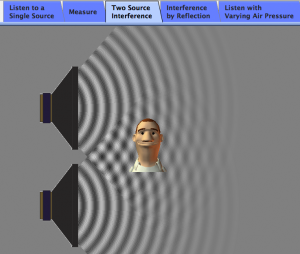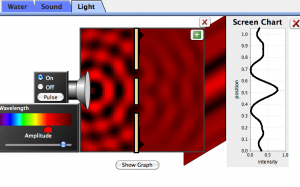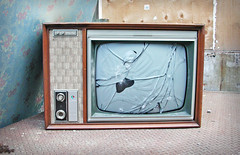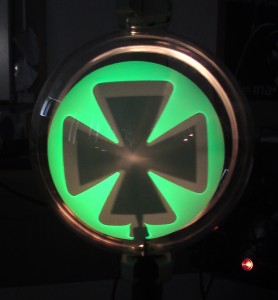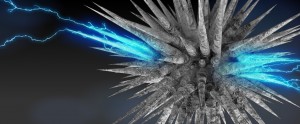You should all be well underway with the writing phase of your investigation now. I have attached some guidance from the SQA that is designed to help you with this. Check pages 5-9 of the attached pdf document for detailed information on what is required of you in the final report. Note the word limits and detailed specification of what the marker will be looking for in each section.
Remember that detailed feedback from me will only be possible if I receive your draft report by 3.30pm on Friday. The deadline for submission is the end of the first week back at school after the Easter holiday.


